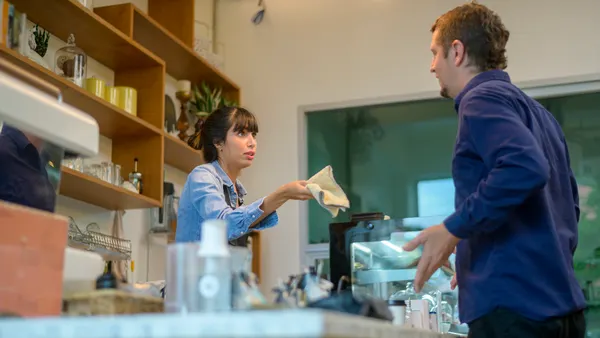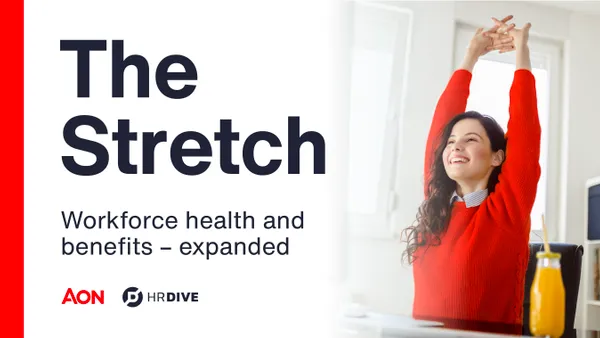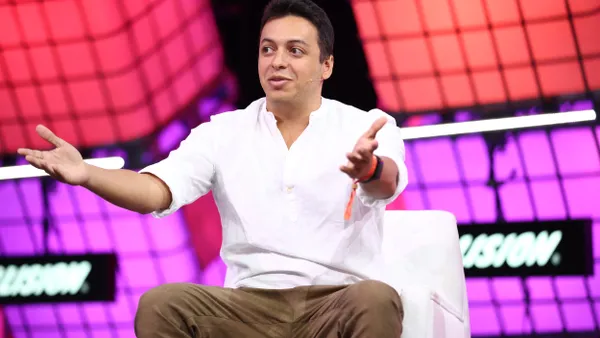Dive Brief:
- According to an article at HRE online, while it happens infrequently, it is possible for the top HR executive to end up behind the CEO's desk.
- As it stands, there is a short list of CHROs who have moved to the very top of the organizational chart—most famously, Mary Barra, the CEO at General Motors, and Anne Mulcahy, the CEO at Xerox (now retired) in the 2000s. Nigel Travis, the current CEO at Dunkin' Brands, parent of Dunkin Donuts and Baskin-Robbins ice cream, is a former CHRO.
- In recent years, management experts have begun asking a question with increasing frequency and volume: Why aren't more CHROs perceived and even groomed as future CEOs?
Dive Insight
Will Bunch, the HRE writer, refers to a Harvard Business Review piece titled, simply, "Why Chief Human Resource Officers Make Great CEOs." According to HRE, the authors—Dave Ulrich, the Rensis Likert Professor at the University of Michigan's Ross School of Business and a management consultant, and Ellie Filler, a senior client partner in the Swiss office of Korn Ferry, the executive recruiting firm—had a different goal when they set out on their research.
The researchers were shocked to learn how closely the traits of highly successful CHROs matched those of the CEOs in their survey. However, as the article points out, the changing nature of the CHRO role may mean that these top HR leaders are better suited than before to step into the CEO role.
Dunkin' Brands Travis told HRE that people who evaluate future leaders tend to undervalue experience in HR, recalling the early years in his career back in England when he had to let employees go or even deal with the terminally ill. "People think of HR as a 'nice' function," he says, "but HR [leaders] are the ones who have to [deal directly with the people and their challenges, even if it sometimes means] walk[ing] them to the door."











